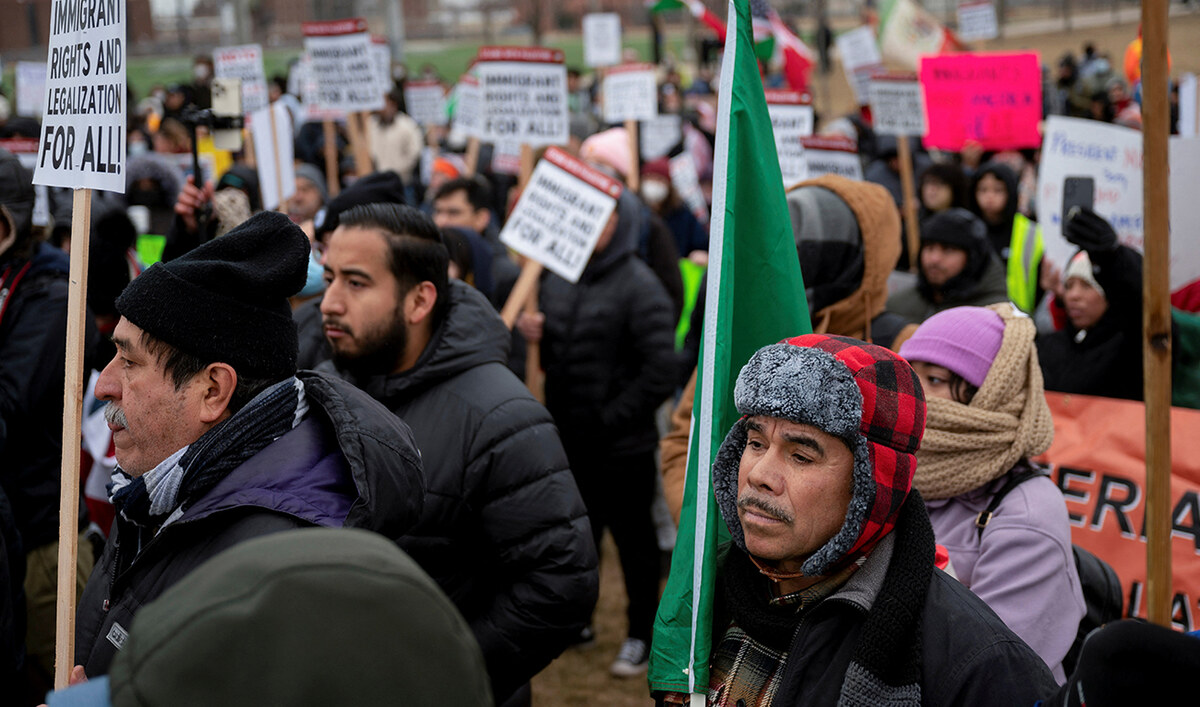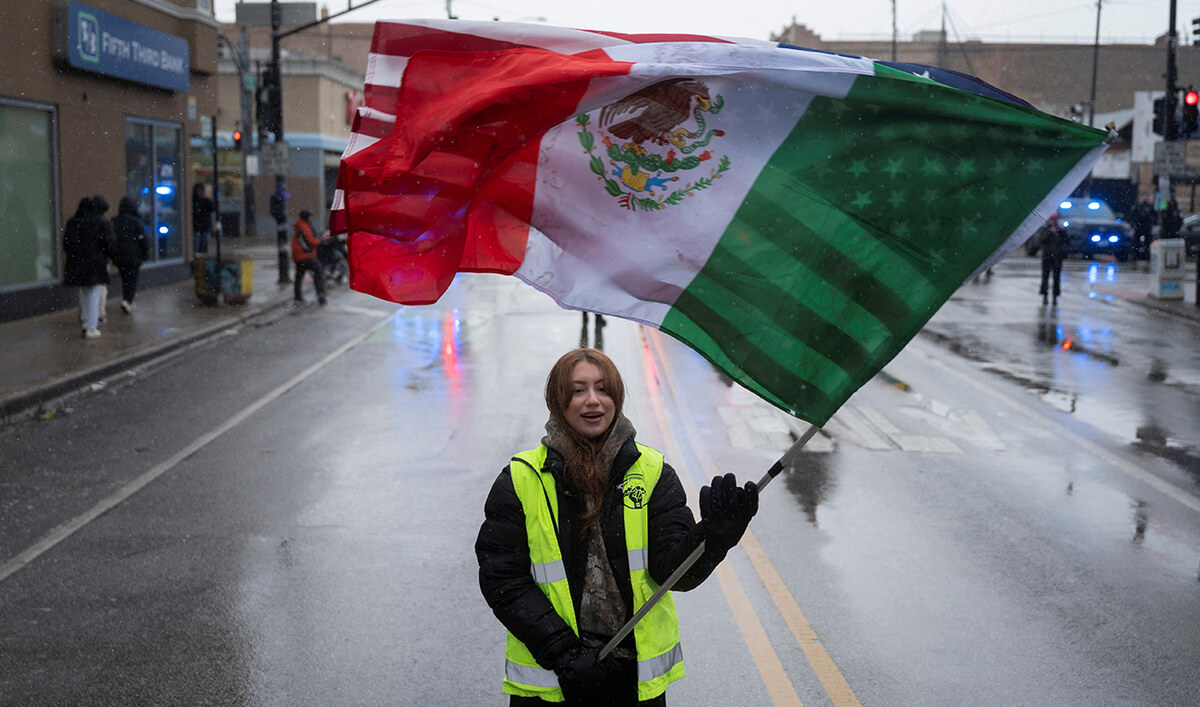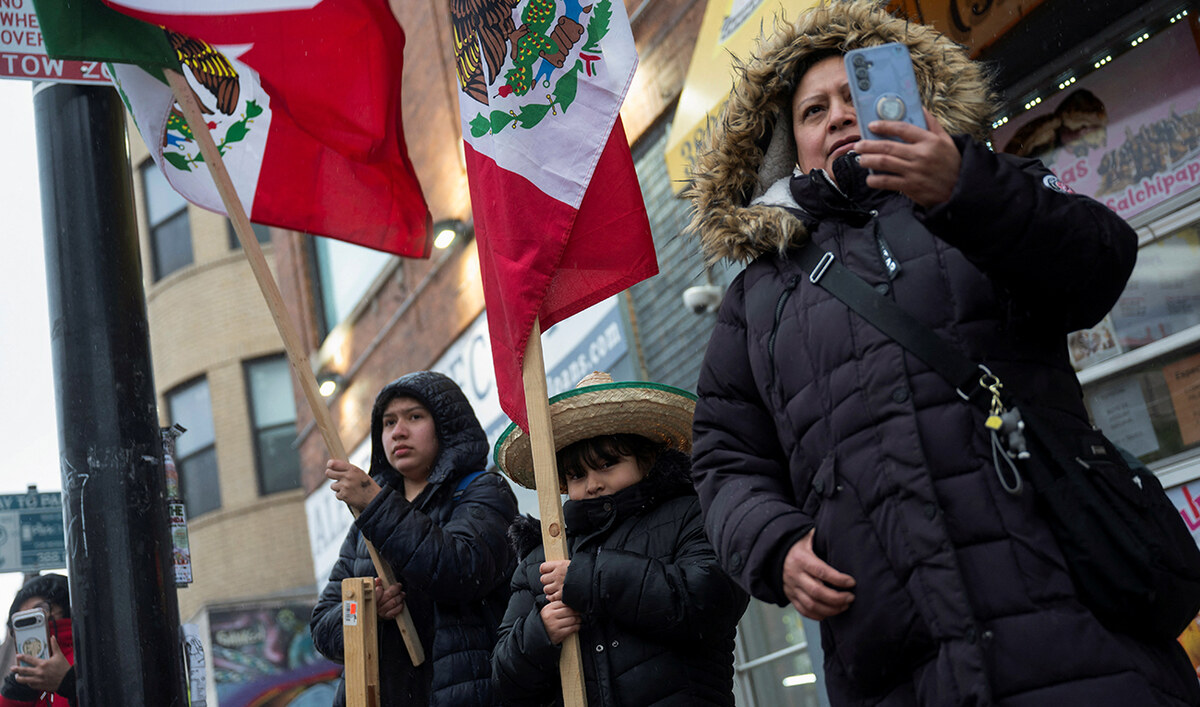WASHINGTON: William Anders, the former US astronaut who took the historic “Earthrise” photo from space over 55 years ago, died in a plane crash on Friday at the age of 90, his family said.
Anders had been piloting a small plane which crashed off the coast of Washington state on Friday morning, his son told US media. Anders was alone in the plane.
His body was later recovered by a dive team, The Seattle Times reported, quoting a Coast Guard spokesperson.
A member of the Apollo 8 mission in December 1968, Anders became one of the first humans to orbit the Moon, along with fellow Americans Frank Borman and James Lovell.
The crew circled the Moon 10 times without landing, before successfully returning to Earth on December 27, 1968.
On one of the lunar orbits, Anders captured a photo of the bright blue Earth against the vast darkness of space, with the Moon’s cratered surface in the foreground.
“We’d been going backwards and upside down, didn’t really see the Earth or the Sun, and when we rolled around and came around and saw the first Earthrise,” he said in a 1997 NASA oral history interview.
“(T)hat certainly was, by far, the most impressive thing. To see this very delicate, colorful orb which to me looked like a Christmas tree ornament coming up over this very stark, ugly lunar landscape.”
The “Earthrise” photo is frequently listed in roundups of key historical images, and was included in Life Magazine’s book “100 Photographs that Changed The World.”
An original version of the photo sold at a Copenhagen auction in 2022 for 11,800 euros.
“In 1968, during Apollo 8, Bill Anders offered to humanity among the deepest of gifts an astronaut can give,” NASA chief Bill Nelson wrote on social media platform X.
“He traveled to the threshold of the Moon and helped all of us see something else: ourselves. He embodied the lessons and the purpose of exploration. We will miss him,” Nelson added.
The San Juan County Sheriff’s Office in Washington state said in a statement that local authorities received a report around noon on Friday that “an older model plane was flying from north to south then went into the water and sunk.”
The Federal Aviation Administration and the National Transportation Safety Board were investigating the crash.
Born October 17, 1933, in Hong Kong, Anders graduated from the US Naval Academy and later earned a master’s degree in nuclear engineering.
After his time as an astronaut, Anders later held various technology-related government positions, notably becoming the first chairman of the Nuclear Regulatory Commission and later serving as the US ambassador to Norway.
In the early 1990s, he headed up the US defense and aerospace company General Dynamics as CEO and chairman, before retiring.
In a 2015 interview with Forbes, Anders said his Earthrise image had captured so much attention because it showed the planet’s beauty and fragility — and “helped kick start the environmental movement.”
But he was also surprised that the public seemed to have lost the memory of the space mission that produced the photo.
“It’s curious to me that the press and people on the ground have kind of forgotten our history-making voyage, and what’s symbolic of the flight now is the ‘Earthrise’ picture,” Anders said.
“Here we came all the way to the moon to discover Earth.”
Of the Apollo 8 members, only Lovell is still alive.
Borman died in November 2023 at the age of 95.
Lovell, 96, was also a member of the Apollo 13 mission that was meant to land on the Moon, but experienced a near-catastrophe that was later made into a Hollywood film.
The last time humans set foot on the Moon was in 1972 during the Apollo 17 mission, but NASA has set its sights on sending new astronauts, including the first woman and person of color, in the coming years.
Apollo 8 astronaut dies in small plane crash at age 90
https://arab.news/25553
Apollo 8 astronaut dies in small plane crash at age 90


























